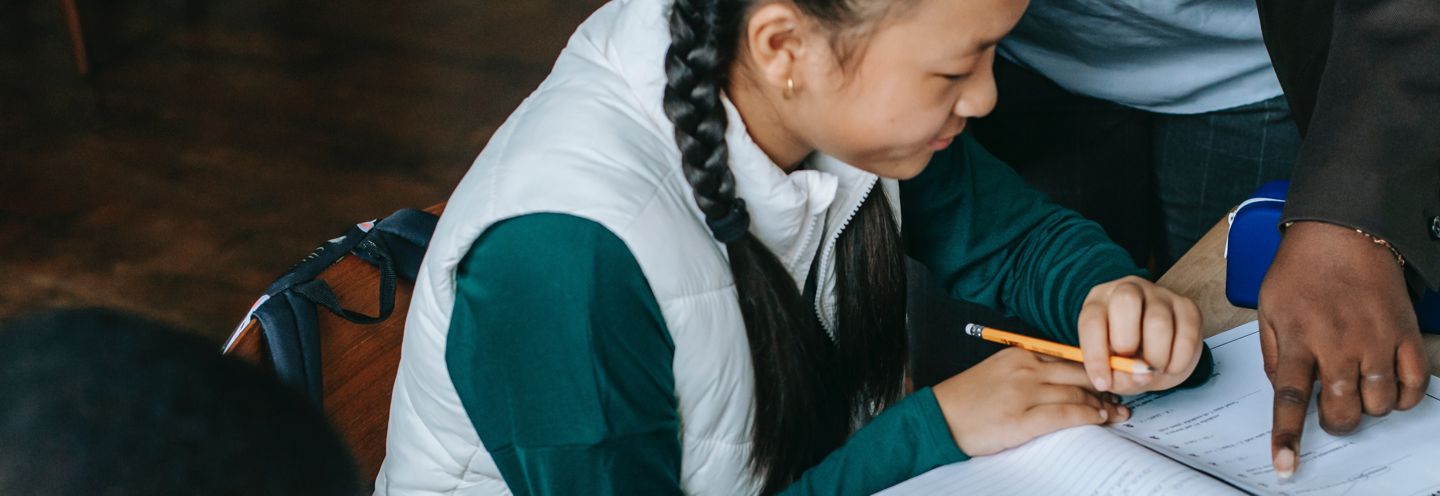Teacher Resources | 386 Results

The holidays are a perfect time to cozy up as a family and watch festive movies and TV shows together. It’s also a time when kids are on the receiving end of a lot of

Watching TV or streaming video should be a fun and relaxing activity for kids and adults alike—but too often it's a source of family conflict. If you're concerned about television, banning it isn't

Good-quality video games offer lots of benefits to children and teens.

Whether it’s a video doorbell, a speaker with a built-in voice assistant, or even “smart socks” for your baby, these things all have one thing in common: they collect information about you and your

In this lesson students look at less obvious methods used by advertisers to reach consumers. Students first learn about “soft sell” ads that don’t make specific claims about a product. They then

In this lesson students explore gender roles in advertising by taking an ad campaign they have seen which is specifically directed to one gender, and redesigning the campaign to target the opposite

In this lesson students identify how we associate social status with brand name products, and how we believe others perceive us by what we wear. Students will also explore the notion of “brand

This activity helps teenagers develop an awareness of marketing tactics aimed at teens.

This lesson helps teens become active consumers by encouraging them to 'talk back' to advertisers when they have concerns.

In this lesson, students deconstruct gender portrayal and depictions of boys and girls in the media. They begin by looking at the appearance and mannerisms of boys and girls in TV, movies, ads and

